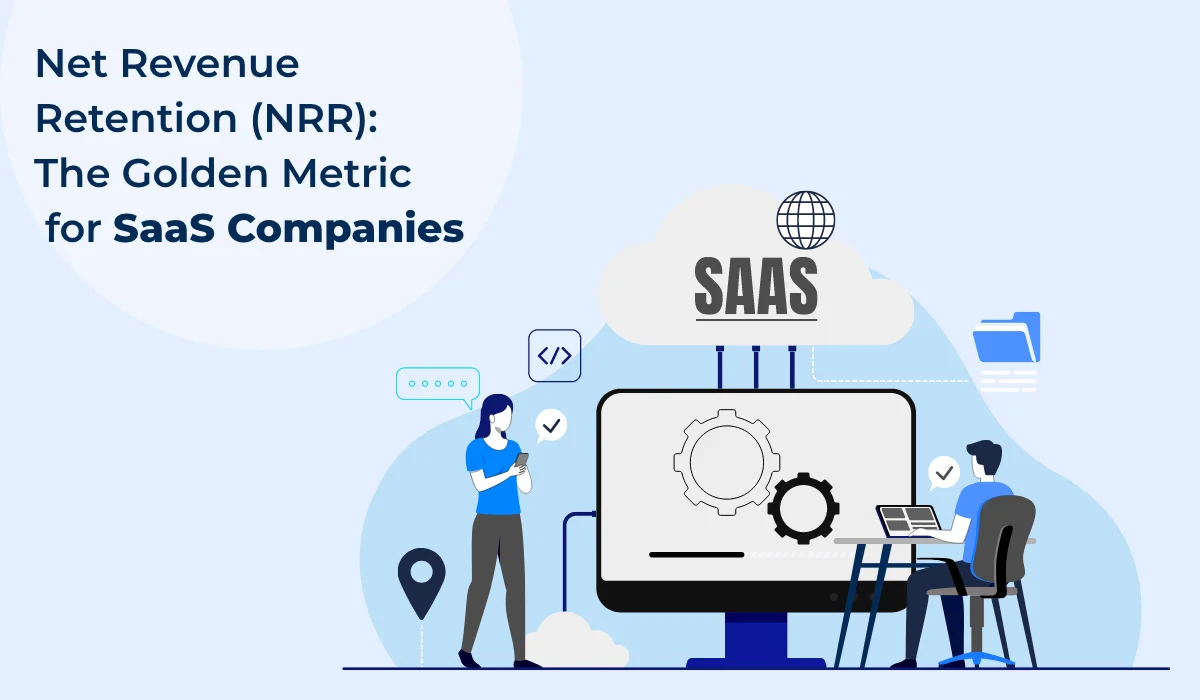Implement Lead Routing to Excel Your Business Success

Published on: August 26, 2021
Updated on: September 17, 2024
875 Views
- Strategy
6 min read
“Too Many Leads” is a phrase you might be familiar with. Many people tend to second-guess this but if your marketing generates too many leads, it’s obvious that many will simply stack out in the process.
The best decision, in this case, is to be proactive. Quick revert is the deal-breaker in this highly competitive era. As your business grows, the needs of your customers rise, and it certainly becomes extremely challenging to maintain your previous response time.
The digital age demands rapidly growing businesses to refine their approaches and techniques to ensure that they address leads within a proper time frame, no lead is missed out in the process, and the sales team is operationally productive. Here, lead routing becomes an integral component of your business sales strategy.
When we talk about marketing leads, you should not only be aware of how to approach your leads but also when to approach them. Timing plays a critical role in everything, especially for sales. Automating lead routing helps ensure that you don’t waste time assigning leads to sales reps.
Also, routing helps make the best out of your leads, and at the same time, safeguards them from getting lost or discarded.
What Is Lead Routing?
In simpler terms, lead routing means assigning leads across the sales team automatically. Though various companies have more than one sales approach, lead routing enables the assignment of leads through a proper sales model.
Lead routing is a diversified process that includes how to collect and route leads. Overall, the goal of lead routing is simple—to quickly respond to more and more leads.
How Lead Routing Works?
Lead routing uses automated software that allows you to effectively transfer leads within your sales cycle. A sales engagement platform lets you personalize workflow, making your salespeople aware of which lead they should connect with next.
The lead routing software provides you with lead tracking, automated lead scoring, and auto dialing features so that your salespeople are always on top of their work. The diversity of lead routing software allows you to distribute leads to the right sales representative for a particular task, for example, someone specializing in another language.
Boosting Lead Response Time
The first question is, how can you utilize lead routing in your organization?
To understand this, you need to go through lead routing best practices. Let’s take a look:
Reaching the Right Person
One heck of a job is finding the right prospects. Lead routing makes it easy for you to accomplish.
With lead routing, you can craft routing criteria such that your marketing efforts take you to the right leads. The routing process takes place based on the leads’ employer’s relationship with yours, which increases your odds of converting leads.
Matching the Right Accounts with Employees
Each sales representative has some strengths and weaknesses. Identifying and implementing these in their area of focus results in accomplishing your desired goal.
Remember, the criterion of selecting a particular sales rep should not only be limited to the industry or job title. They must also be experts in their field when it comes to leads routing.
Providing the Necessary Information
Being thorough works well, but when you provide your reps with slightly unnecessary and too much information, it becomes difficult for them to focus on the required areas.
Following these lead routing best practices, you can dramatically increase your conversion rates and long-term sales.
Excelling Your Business Power
Managing leads manually can be time-consuming. Lead routing not only saves your resources and time but also reduces the risk of human errors by providing precise predictions and reporting. Implementing lead routing in your marketing strategy works as a wise tactic to maximize efforts.
Response Time
Customers today have an attention span of merely 8 seconds.
People look for instant response, and when not provided, they move to your competition. Businesses that take too long to revert make a fuss out of their marketing efforts.
37% of businesses revert within an hour. On the other hand, 24% take more than a day to respond, and 23% never revert.
Implementing lead routing software serves as a benefit to such organizations. Real-time lead distribution helps in identifying qualified leads that require immediate attention. Thus, the automated features systematically assign these leads to your sales reps who revert quickly to customers, providing them with a delightful and satisfactory experience.
Data Accuracy
As we mentioned above, lead routing eradicates the hustle of manual gathering and evaluating lead data to entertain them as well as provides reps with precise information and predictions.
Lead management allows you to accurately analyze data, observe the latest leads routing trends, enhance prediction accuracy, and improve sales productivity.
Besides, cutting-edge analytics and reporting dashboards let you know your best leads and project them correctly to the respective sales rep.
Relationship Building
In this competitive era, sustaining a relationship takes more than one call. Regardless of the sales cycle duration, you need to ensure your sales rep is constantly engaging with your leads.
It eliminates the middle process, allowing your sales team to connect with the leads effectively.
In addition, you get to learn which lead requires a follow-up or additional effort to make a decision.
Leads Distribution
The major reason that makes lead routing a necessity for businesses is it automatically distributes the leads among your sales reps.
Proper lead distribution results in more closed leads and fewer dropped calls.
How to Implement Lead Routing?
With the right tools, lead routing becomes a simple and easy job. To get started, follow these steps:
- Define your criteria
- Create automation or workflow based on the defined criteria
- Look for qualified leads and address them through lead scoring
However, when it comes to building a successful strategy, there is more to lead routing. You need to know what works best for your company. Improving and optimizing is an overwhelming task but with the right data, it is a smooth process to initiate. Observe and report the success and inadequacies of your routing to understand why some processes work better than others.
Takeaway – The Final Verdict
Leveraging lead routing best practices helps maximize your organizational goals and limits the additional time to understand and find the right leads. From organizing to distributing leads, routing comes with several benefits that seamlessly improve your response time and help build long-lasting relationships.
Frequently Asked Questions
Lead routing is important because it ensures that leads are assigned to the right sales reps, improving response times and increasing the likelihood of conversion.
Intelligent lead routing is a system that uses data and algorithms to automatically assign leads to the most appropriate sales reps based on various criteria such as lead score, territory, and sales rep availability.
In Salesforce, lead routing can be set up using assignment rules or using lead queues. Assignment rules can be based on criteria such as lead source, location, or product interest.
In HubSpot, lead routing can be configured using workflows. Workflows can be set up to automatically assign leads to specific sales reps based on criteria such as lead score, form submissions, or website activity.



